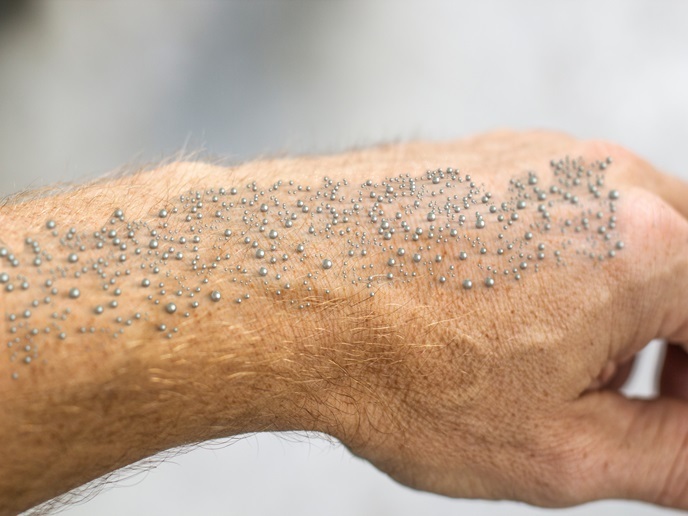Metal oxides for gas sensor applications
Material engineering of metal oxides is currently one of the most effective methods used for the optimisation of semiconductor metal oxide gas sensors. Significant improvements in such operating parameters as sensing selectivity and gas sensitivity can be achieved and moreover, new attractive possibilities for environmental monitoring can then be explored. Tin oxide (SnO2)-based sensors attracted the interest of the NANOPHOS project partners at the Università degli Studi di Lecce in Italy. Among the list of semiconductor oxide materials, SnO2 offers high sensitivity to a broad range of gases at relatively low operating temperatures. The sensitivity of SnO2 could, however, be enhanced by changes in its microstructure, including reducing the oxide particle size to a few nanometres. The critical particle size where substantial improvements could be observed depends not only on the material itself, but also the processing method. For the deposition of thin films of SnO2, pulsed laser ablation deposition (PLAD) was considered the most suitable nanostructure formation technique. Controlling the size of nanoclusters formed by altering the laser parameters or the ambient gas conditions is one of its most remarkable features. The dimensions of the film crystallites were found to be influenced by oxygen (O2) pressure during the deposition of the SnO2 film, as well as the substrate temperature. When deposition of the thin SnO2 films was performed in vacuum, the presence of Sn and SnO could be identified by means of spectroscopic diffraction and real space imaging techniques. Avoiding the accumulation of amorphous material having grains smaller than the Debye length of the SnO2 within the resulting film provided for increased sensitivity. More importantly, it resulted in a shorter response time.







